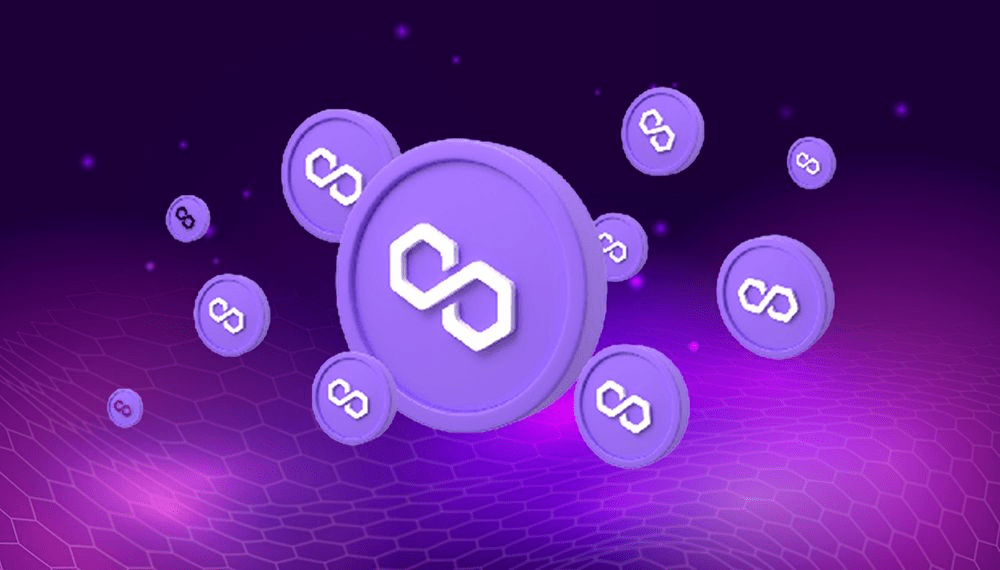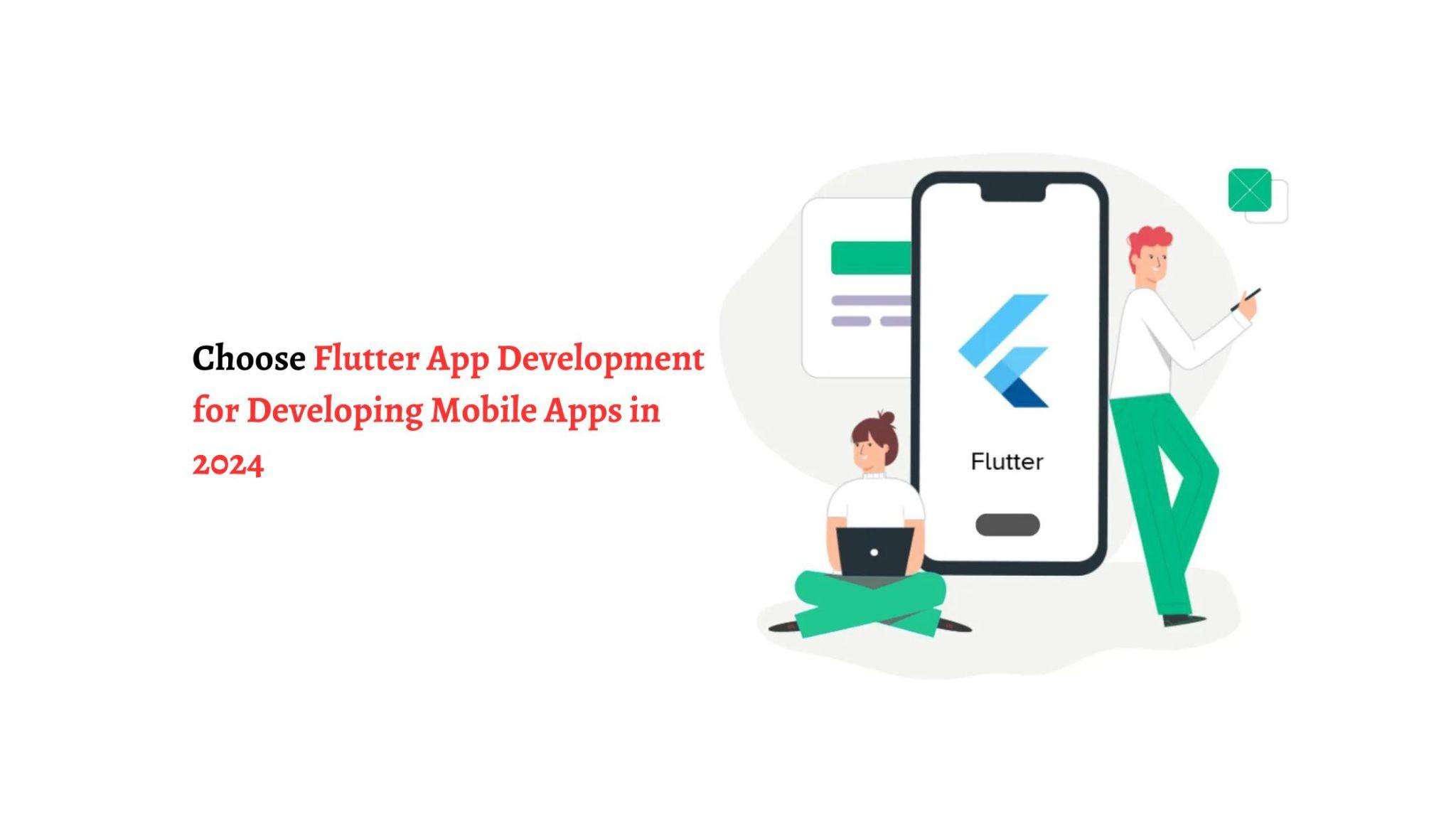As the landscape of blockchain technology continues to evolve, addressing scalability and transaction speed remains an imperative challenge. Blockchain Layer 2 solutions emerge as a promising approach to overcome these limitations on the Ethereum network. zkEVM and Optimism are standout choices among the various available Layer 2 solutions.
Understanding Layer 2 Solutions
Before we proceed with the comparison, let’s first understand the concept of Layer 2 solutions. Layer 2 solutions are protocols or frameworks developed on existing blockchains, like Ethereum, with the aim of improving scalability and reducing transaction costs. These solutions are achieved by executing transactions off-chain and only settling them on the main blockchain as and when required.
Layer 2 solutions are primarily designed to tackle the scalability constraints of the underlying blockchain network by transferring a substantial portion of transaction processing from the main chain to secondary layers. This strategic approach enables layer 2 solutions to improve transaction throughput and reduce fees when compared to operating solely on the layer 1 blockchain.
It employs a variety of techniques such as sidechains, state channels, rollups, or plasma chains, to facilitate transactions and smart contract execution with reduced overhead and quicker confirmation times. These solutions have broad versatility and can cater to a diverse set of use cases, encompassing decentralized finance (DeFi), non-fungible tokens (NFTs), gaming platforms, and various other applications.
Unveiling zkEVM technology: Advancing Blockchain with Zero-Knowledge
zkEVM, which stands for Zero-Knowledge Ethereum Virtual Machine, integrates the capabilities of zero-knowledge proofs and Ethereum’s EVM to enhance privacy and scalability on the Ethereum network. By employing zero-knowledge proofs, zkEVM ensures the integrity of transactions while preserving the privacy of sensitive data. It proves to be an excellent choice for applications demanding enhanced privacy, such as financial services, supply chain management, and decentralized identity systems.
The Zcash network serves as a notable example of zkEVM’s implementation. Zcash, a privacy-focused cryptocurrency, utilizes zk-SNARKs, a type of zero-knowledge proof, to protect transaction details from exposure. By integrating the zkEVM blockchain service, Zcash can leverage Ethereum’s smart contract capabilities while preserving the privacy of its transactions.
zkEVM empowers individuals to participate in transactions and execute smart contracts on the Ethereum network while safeguarding the privacy and security of transaction details and sensitive data. It utilizes zero-knowledge proofs to cryptographically verify the validity while maintaining the confidentiality of the specific transaction details. This ensures the privacy of sensitive data while enabling transaction verification and integrity with the Ethereum ecosystem.
“Unlocking Optimism: Exploring Ethereum’s Powerful Layer 2 Solution”
Optimism employs a distinct approach to scalability through the utilization of optimistic rollups. By assuming the validity of most transactions and submitting proofs to the Ethereum mainnet only in case of disputes, Optimism enables efficient and much faster transaction processing while safeguarding Ethereum’s security guarantees.
Uniswap, a prominent decentralized exchange, exemplifies the benefits of adopting Optimism’s Layer 2 solution. It significantly improves transaction throughput and lowers gas fees, creating a seamless and cost-effective trading experience.
Optimism offers a noteworthy advantage with its effortless integration into the existing Ethereum smart contracts and infrastructure. Developers can seamlessly transition their decentralized applicants (dApps) to the least modifications, leveraging the well-established Ethereum development ecosystem while reaping the benefits of improved scalability.
Choosing Between zkEVM and Optimism
Now, let’s compare zkEVM and Optimism based on several key factors:
- Security
zkEVM: The potential of zkEVM blockchain development can be explored by leveraging its enhanced privacy features and incorporating zero-knowledge proofs into their applications for added security and confidentiality.
Optimism utilizes Ethereum’s main net consensus for security but has a slight possibility of including invalid transactions due to its optimistic assumptions.
- Core technology
zkEVM leverages the fusion of zero-knowledge proofs and Ethereum’s EVM to improve privacy and scalability.
Optimism employs optimistic rollups, presuming validity and presenting proofs solely during disputes.
- Performance
zkEVM: zkEVM technology prioritizes privacy but has lower transaction throughput compared to Optimism due to the computational overhead of zero-knowledge proofs, affecting transaction speed.
Optimism stands out for its exceptional performance, offering substantially higher transaction throughput and reduced latency. This is accomplished by consolidating multiple transactions into a single rollup submission, resulting in improved efficiency and lower gas costs.
- Development complexity:
zkEVM: The additional considerations involved in implementing zero-knowledge proofs can make developing applications on zkEVM more complex. Nonetheless, with the availability of development tools and resources, the learning curve is becoming more manageable.
Optimism streamlines development by ensuring compatibility with Ethereum’s existing tooling and infrastructure. Developers can leverage their familiarity with Ethereum’s smart contract ecosystem, facilitating the transition of existing projects to Optimism.
- Use cases:
zkEVM finds utility in use cases where heightened privacy is essential, including financial services, supply chain management, and decentralized identity systems.
Optimism offers versatility across various use cases, like non-fungible tokens (NFTs), decentralized finance (DeFi), and gaming platforms.
Ultimately
Blockchain Layer 2 solutions play a vital role in building a scalable and efficient decentralized ecosystem as the blockchain space undergoes constant evolution. In the end, both zkEVM and Optimism present valuable solutions for scalability and cost reduction on Ethereum
After all, the choice between these Layer 2 solutions depends on your specific requirements and priorities. However, it is advisable to assess your project’s needs, carefully weigh the trade-offs, and potentially seek guidance from an Ethereum development company to determine the optimal solution for your application and thus make informed decisions. To navigate the fast-paced blockchain space, it is also vital to conduct a thorough assessment of project requirements and priorities in order to identify the most suitable Layer 2 solution. Its presence grants developers the flexibility to choose the approach that best suits their project goals, thereby propelling the progress of the decentralized ecosystem. So, for projects those prioritize privacy, zkEVM’s zero-knowledge proofs offer a robust solution making it suitable for applications like finance, supply chain, and decentralized identity systems, while for projects prioritizing high transaction throughput and cost-effectiveness, Optimism’s rollups present an appealing option for those seeking high transaction throughput and lower costs, thereby enhancing transaction throughput.










